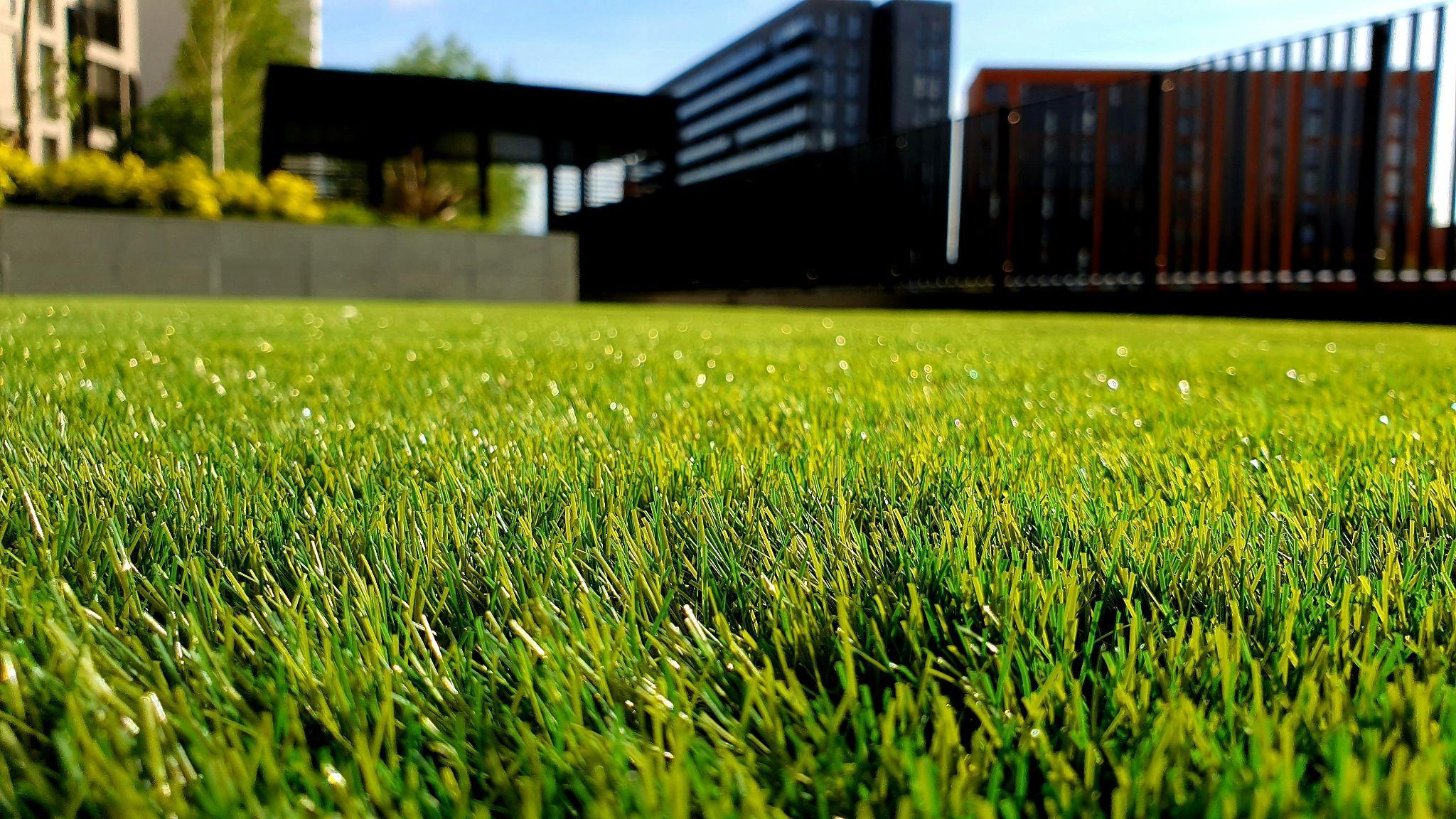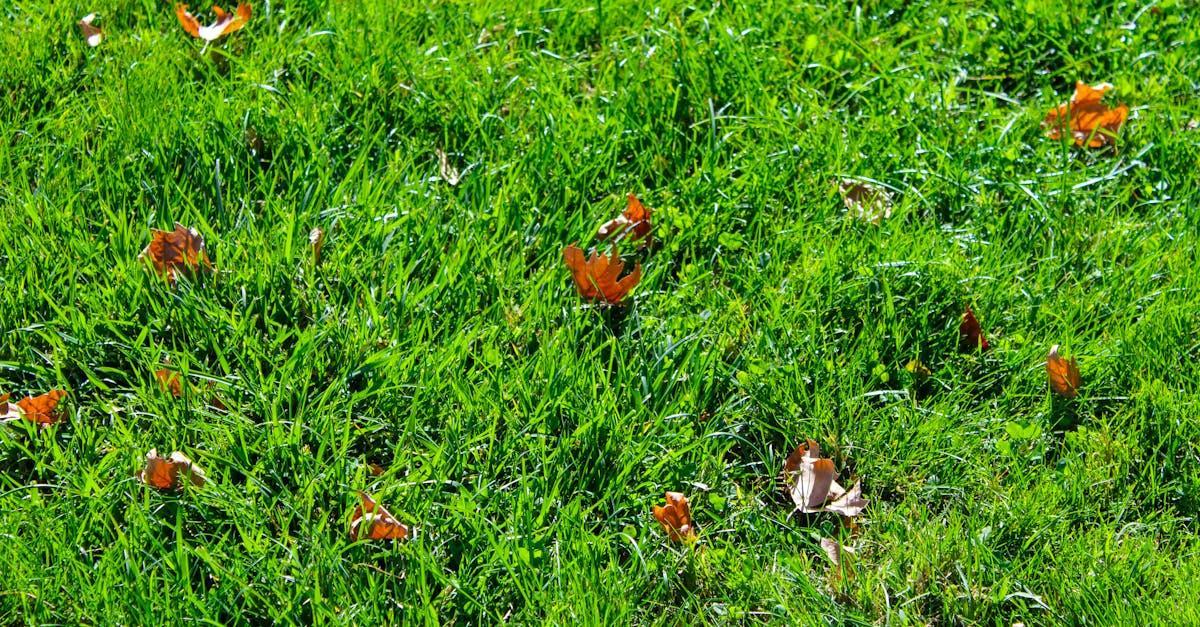As the seasons change, our lawns require different care to thrive. A vibrant yard not only enhances our home’s curb appeal but also creates a welcoming outdoor space for family and friends. By adopting simple seasonal practices, we can ensure our grass remains lush and healthy year-round.
One key step is preventing weed growth before it starts. Using a pre emergent weed killer in early spring can stop invasive weeds from taking root, making it easier to maintain a clean, even lawn throughout the warmer months.
From spring fertilization to fall aeration, understanding the needs of our lawn throughout the year makes all the difference. We’ll explore effective strategies that fit any schedule and budget, helping us cultivate a yard that stands out in our neighborhood. And as we perfect our outdoor spaces, many homeowners also invest in leisure additions like a pellet grill smoker, turning the backyard into not just a beautiful retreat, but also the perfect spot for entertaining and outdoor cooking.
Let’s dive in and discover how to keep our lawns in top shape with minimal effort.
Understanding Seasonal Lawn Care
Seasonal lawn care plays a crucial role in maintaining the health and appearance of our yards. By recognizing the specific lawn needs throughout the year, we can ensure a robust and attractive landscape.
Benefits of Seasonal Lawn Care
- Improves health: Seasonal care enhances grass growth and fosters resilience against pests and diseases.
- Saves money: Regular maintenance reduces the need for expensive treatments and replacements.
- Increases curb appeal: A well-maintained lawn boosts property value and creates an inviting atmosphere.
- Promotes environmental health: Healthy lawns reduce erosion and improve air quality, benefiting local ecosystems.
Key Components of a Healthy Lawn
- Soil quality: Healthy soil supports strong root systems and better nutrient absorption.
- Water management: Adequate watering schedules prevent drought stress and over-saturation.
- Fertilization: Regular application of nutrients helps maintain vibrant green growth.
- Aeration: Aerating soil allows better air flow and nutrient access for roots.
- Mowing practices: Proper mowing height and frequency encourage dense, lush grass growth.
Spring Lawn Care Practices
Spring marks a crucial time for lawn care. We can take simple yet effective steps to ensure our yard thrives throughout the warmer months.
Soil Preparation and Aeration
Soil preparation sets the foundation for a healthy lawn. We should test soil pH levels to determine nutrient needs, opting for a range between 6.0 and 7.0 for optimal growth. Aeration is essential as it alleviates soil compaction, promoting root development.
We can use a core aerator to create holes in the soil, enhancing airflow and water penetration. This practice helps the grass absorb nutrients efficiently. Additionally, adding organic matter, such as compost, improves soil structure and boosts microbial activity, ensuring our lawn flourishes.
Fertilization Techniques
Fertilization plays a vital role in nurturing our grass during spring. We can begin with a soil test to identify nutrient deficiencies, guiding our choice of fertilizer. Emphasizing slow-release nitrogen fertilizers promotes steady growth and reduces the risk of nutrient leaching. Applying fertilizer after aeration maximizes nutrient absorption.
We should aim for a rate of about 1 pound of nitrogen per 1,000 square feet. It’s essential to water the lawn thoroughly after fertilization to activate the nutrients effectively, keeping our yard healthy and vibrant all season long.
Summer Lawn Care Tips

Summer lawn care requires attention to hydration, pest control, and weed management to maintain a thriving yard. Following efficient strategies ensures our lawn remains healthy during the hottest months.
Watering Strategies
Implementing an effective watering schedule keeps our lawn hydrated and stress-free. We recommend watering early in the morning or late in the evening to minimize evaporation. Aim for about 1 to 1.5 inches of water per week, adjusting for rainfall.
Utilizing a rain gauge helps us measure water application accurately. Deep watering encourages root growth, so we should hydrate our lawn thoroughly, allowing the soil to dry slightly between sessions. Drip irrigation systems can also be effective, ensuring consistent moisture while reducing waste.
Pest and Weed Management
Managing pests and weeds effectively protects our lawn’s health. We should regularly inspect for common pests such as grubs or chinch bugs, using integrated pest management (IPM) techniques for control. This may include attracting beneficial insects or using organic treatments.
For weed management, applying pre-emergent herbicides in late spring can prevent weed growth in summer. Maintaining strong grass through proper mowing and fertilization helps crowd out weeds naturally. Regularly mowing at an optimal height of 2.5 to 3.5 inches promotes healthy grass and minimizes weed establishment.
Fall Lawn Care Essentials
Fall is crucial for preparing our lawns for winter and promoting a healthy spring revival. Implementing key practices now ensures a vibrant yard year-round.
Raking and Dethatching
Raking leaves plays a vital role in lawn health. We must remove fallen leaves to prevent suffocation and mold growth, which harms grass. Dethatching eliminates built-up organic matter that can inhibit nutrient absorption, air circulation, and water infiltration. We can use a manual dethatcher or a power dethatcher for larger areas. Completing these tasks before the first frost enhances breathing room for grass roots and prepares the lawn for winter dormancy.
Overseeding for a Lush Lawn
Overseeding revitalizes thinning areas of our lawn. By spreading seeds in early fall, we take advantage of cooler temperatures and increased moisture. This method encourages seed germination and boosts the overall density of our grass.
Selecting a seed blend suitable for our specific climate and sunlight conditions maximizes success. We should aerate the lawn before overseeding to improve seed-to-soil contact, enhancing establishment and growth of new grass.
Winter Lawn Care Considerations
Winter lawn care requires attention to protect grass and prepare for the upcoming growth season. Implementing the right practices ensures a healthier lawn come spring.
Protecting Your Lawn from Frost
We should cover our lawns with protective materials, such as burlap or straw, to shield grass from harsh frost. Frost can damage dormant blades, so securing a mulch layer also helps retain soil moisture and temperature.
Additionally, we can avoid walking on frosted grass, as this can lead to unsightly brown patches. Conducting regular inspections for ice formation is recommended, as excessive ice buildup can suffocate grass. If necessary, using a shovel to gently remove ice can aid in preserving lawn health.
Planning for Spring Success
Strategic preparation for spring ensures vigorous lawn growth. We can start by testing soil pH levels during winter to determine necessary amendments. Applying organic matter, like compost, enriches the soil when spring arrives. Moreover, developing a fertilization plan is essential; selecting a balanced, slow-release fertilizer supports early growth.
Scheduling overseeding for late winter or early spring improves turf density and health. We also recommend setting an early watering schedule to ensure consistent moisture, laying the groundwork for a thriving lawn as temperatures rise. For more expert tips, check out resources from the National Association of Landscape Professionals.

